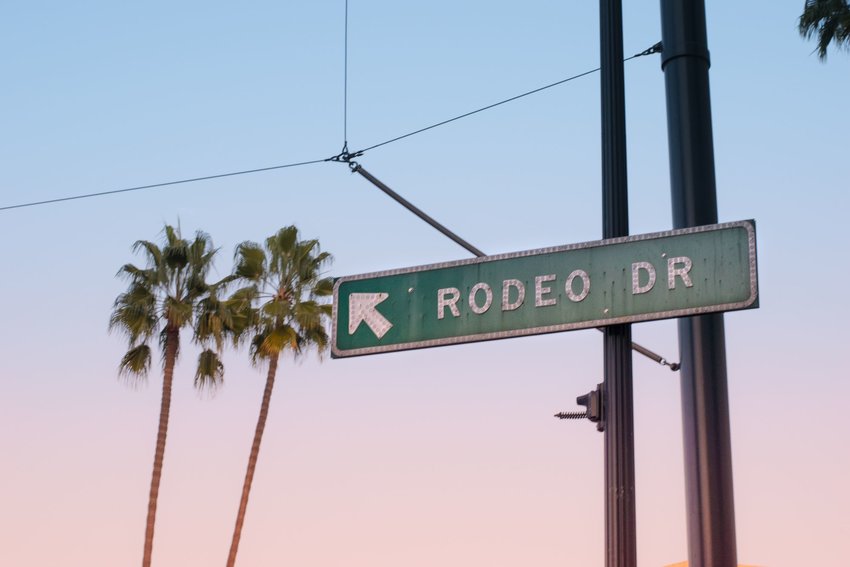U2 might have you wanting to go where the streets have no name, but here, they do have names. Whether your street was named after the builder's grandmother, or you live on boring old Main Street, there's a story to tell.
What's in a Name?
First, let’s look at the supposed differences between roads, streets, lanes, avenues, and boulevards. In theory, a road is something that connects two points. Simple enough. Streets are public roads with buildings on each side. Avenues are the same, but run perpendicular to streets. Boulevards are wide streets (or avenues), often with a median. Lanes are smaller versions of boulevards.
The duty of bestowing roads with their given names usually falls to the land developers who planned, financed, designed, and built them. Sometimes these developers opt to name streets after their nearest and dearest, offering a glimpse of recognition and legacy to their partners, girlfriends, pets, and other loved ones.
(Just a tip: If you see a street sign with your name on it, snap a picture, but DON'T steal it. That's illegal.)
However, developers don't get the final say. The names are submitted to the relevant city planning departments, including building, engineering, and public works. This process (unsurprisingly) takes quite a bit of time from start to finish.
The departments with ultimate vetoing power are the emergency services. If the police or fire teams decide that a name is not unique or intelligible enough to be quickly found in an emergency, it will not stick. When you're in an emergency, you want that ambulance to show up at the correct Poplar Avenue, not the one across town.
What Else?
Another factor that can influence the developer's creative output is local themes. Some cities and towns want their streets to be named after types of birds (Blue Jay Street, Robin Road), or to have a beach feel (Ocean Drive, Seabreeze Avenue). In Washington, D.C., all 50 states are represented with a street name.
Across the United States, the most common inspiration for streets is trees, and you'll find an Oak Street or Maple Drive in almost every city. Almost all cities also have a numbered street system. In fact, the most common street name in the U.S. is 2nd (or Second) Street. What happened to all the first streets, you ask? They're often called something like Main or Broadway instead.
Other common influences include landmarks (Hill Road, Canal Street), politicians (particularly Washington, as well as local government officials), and celebrated figures (Dr. King comes to mind). Local industries (Vineyard Street) or institutions (College Avenue) also have an effect.
Street names can add extra appeal for developers who are trying to sell their properties. Names such as Platinum or Buckingham Drive can make the area seem more desirable.
Once names are set, they are difficult to change. Sure, you may be able to change your Yelp listing with a click of the button, but official recordings are another matter. Emergency services, in particular, don't want to struggle to remember what that street was named five years ago, or if they're turning down the right lane.

